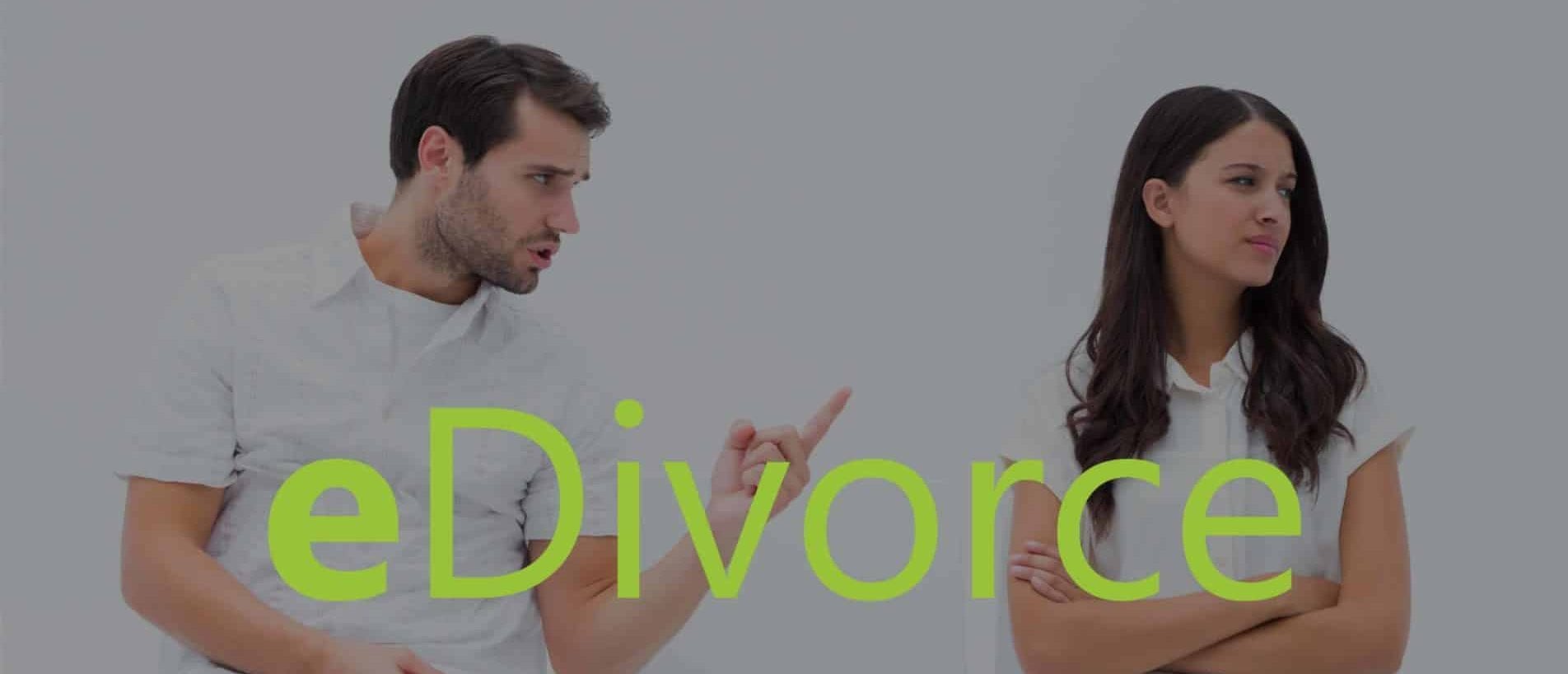Do you have teenage kids?
Are you aware of their texting habits?
Would you know if your child has sent or received sexually explicit content?
Have you educated your child about the dangers of sexting?
According to the Australian Communications and Media Authority (ACMA) 13% of 16-17 year olds sent nude or partly nude pictures to someone else in 2017, and 18% of 16-17 years olds received such images. It appears that most parents are unsuspecting of their children’s behavior in regards to sexting, with only 3% believing their child has sent sexually suggestive images and 8% believing their child has received them.
It goes without saying that the consequences of sending nude or partly nude images to someone else can be devastating and last a lifetime. ACMA has revealed that in 2017, 88% of self-generated sexually suggestive images were posted online.
It is not only the emotional consequences that teenagers need to be made aware of – sending or receiving sexually explicit images of children can be a criminal offence and result in jail time, even if they are consensual.
If a sexually suggestive photo or video is about someone under the age of 18, even if it is of yourself, it may be child pornography. Creating, sending and possessing child pornography is a criminal offence in Australia.
The Criminal Code and Sexting
- Section 217 – Involving a child in child exploitation
Inviting a child to be involved in the production of exploitation material is a criminal offence and offenders can be subject to a prison sentence of up to 10 years. So, if a 16-year-old encourages their girlfriend/boyfriend to send them a nude image they could be found guilty of this offence.
- Section 218 – Production of child exploitation material
A person who produces child exploitation material (even of themselves) is guilty of a crime and is liable to imprisonment for up to 10 years.
- Section 219 – Distribution of child exploitation material
Under section 219, ‘distribution’ means sending, supplying, offering or entering into an arrangement to do any of those things. It can also mean making the material accessible to another person via electronic means. Again, it does not matter if the image is of yourself, distributing sexually explicit images of a person under the age of 18 is a crime and offenders can face up to 10 years in prison.
- Section 220 – Possession of child exploitation material
If you are found to be in possession of a sexually suggestive image of a child, you may be found guilty of a criminal offence and subject to a prison sentence of up to 10 years.
If such an image comes into your possession unsolicited (for example, a 15-year-old receives a nude image of a classmate without asking for it) you will not be guilty of possessing child exploitation material as long as you take all reasonable steps to get rid of the image.
While it is natural for teenagers to want to explore their sexuality, and may even feel pressured into sending nudes or partial nudes, it is important that they are educated about the risks of sexting – both emotional and legal.
If you or someone you know has been charged with an offence related to child exploitation material, please do not hesitate to contact Lynn & Brown Lawyers for expert legal advice.
About the authors:
This article has been co-authored by Chelsea McNeill and Steven Brown at Lynn & Brown Lawyers. Chelsea is in her third year of studying Law at Murdoch University. Steven is a Perth lawyer and director, and has over 20 years’ experience in legal practice and practices in commercial law, dispute resolution and estate planning.

















